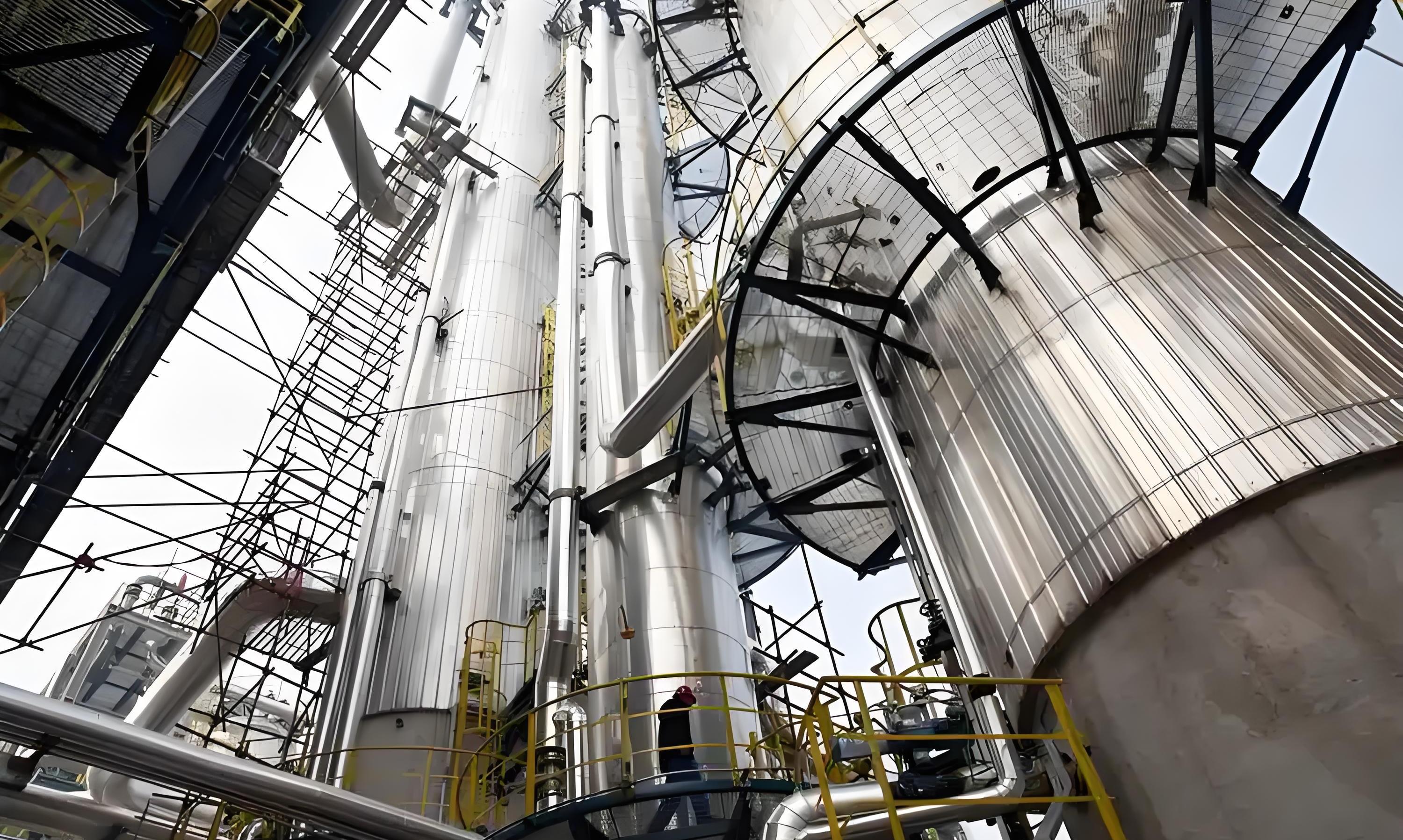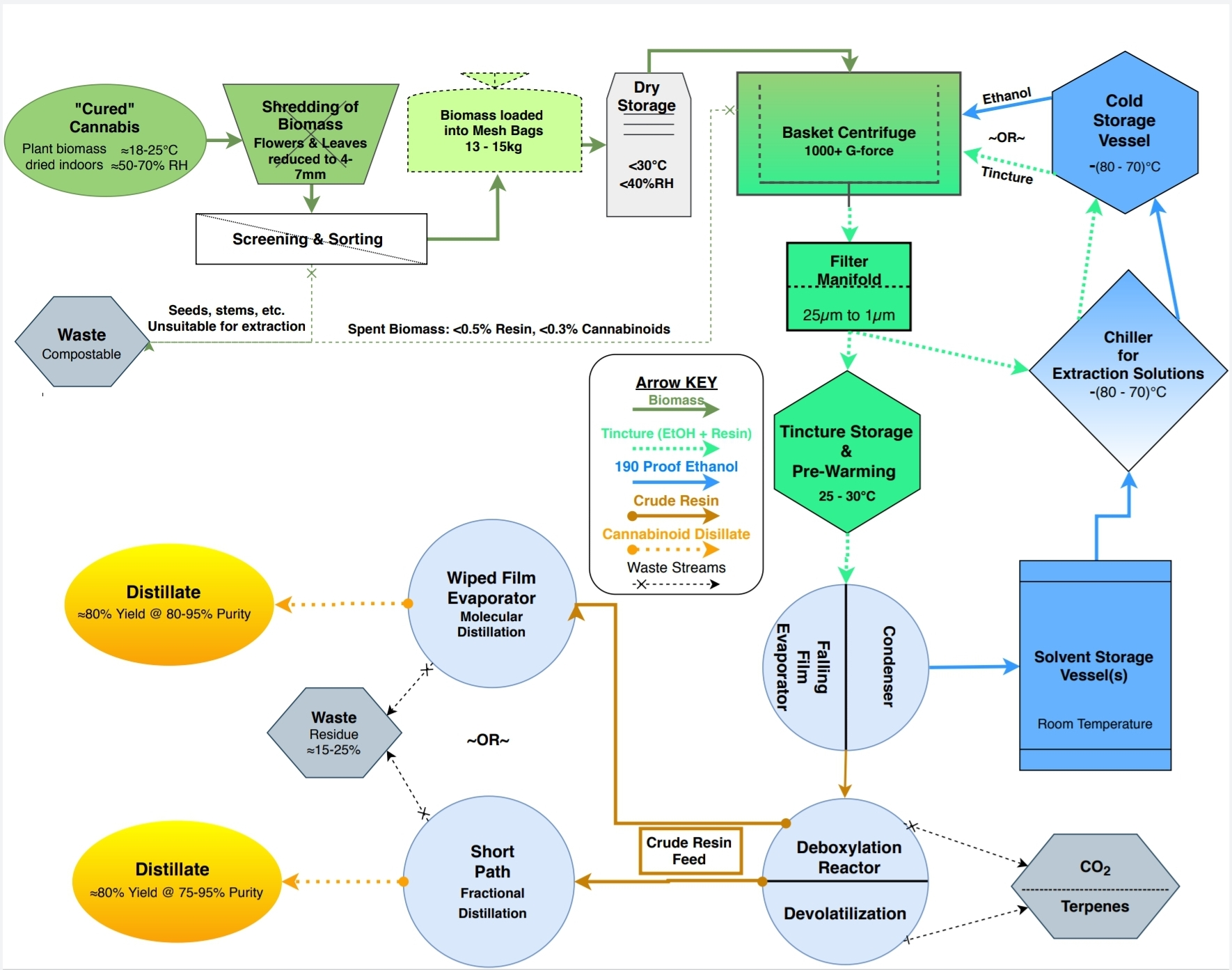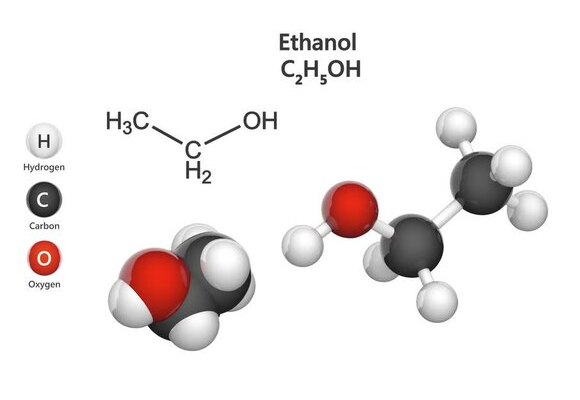Detailed Explanation of KDP Plate Heat Exchangers in the Ethanol Industry
Detailed Explanation of KDP Plate Heat Exchangers in the Ethanol Industry
The ethanol production process primarily includes fermentation, distillation, dehydration, and stillage treatment. Plate heat exchangers (PHEs) play a critical role in these key stages. Below is a detailed breakdown of their applications and selection guidelines in ethanol production.

Key Processes in Ethanol Production and KDP PHE Applications
Fermentation Process
Fermentation tanks must maintain 30-35°C (optimal for yeast), with temperature fluctuations controlled within ±0.5°C.
Fermentation generates heat, requiring continuous cooling.
Precise temperature control via cooling water circulation to prevent yeast deactivation.
Multi-stage PHEs: Partial recovery of heat from fermented mash to preheat feedstock (energy-saving design).
Plates: 316L stainless steel (resistant to weak-acid mash).
Gaskets: EPDM (withstands ≤150°C, pH 3-10).

Distillation Process
Mash must be heated from 30°C to 80-95°C (initial distillation), then purified to 95% ethanol in rectification columns.
Efficient recovery of waste heat from column vapors (key to energy savings).
Preheating stage: Uses waste heat from column bottoms (90°C) to preheat feedstock (saving >30% energy).
Condensation stage: Condenses ethanol vapors (78°C) at the column top into liquid.
Plates: Titanium (Ti) or 2205 duplex stainless steel (resistant to chloride corrosion from vapors).
Gaskets: FKM (fluorocarbon rubber, resistant to ethanol vapors and organic acids).
Molecular Sieve Dehydration
95% ethanol must be dehydrated to ≥99.5% (fuel-grade), requiring 120-180°C hot air for sieve regeneration.
Recovers heat from regeneration exhaust gases (180°C→80°C) to preheat fresh air.
Plates: 304 stainless steel (cost-effective, dry non-corrosive environment).
Gaskets: Silicone rubber (resistant to 200°C).
Stillage Treatment
Stillage (5-10% solids) must be concentrated to 30-40% for incineration or feed production.
Uses wide-gap PHEs (anti-clogging) with steam to evaporate water.
Plates: 316L stainless steel (resistant to organic acids) or aluminized steel (abrasion-resistant).
Gaskets: NBR (nitrile rubber, resistant to oils and particle wear).

KDP Plate and Gasket Selection Guidelines
Plate Material Selection
Gasket Selection
KDP's Advantages Over Other Heat Exchangers
Distillation Process
Replaced graphite heat exchangers with titanium PHEs in distillation, improving condensation efficiency by 40% and extending lifespan from 3 to 10 years.
Adopted 316L wide-gap PHEs for stillage evaporation, solving frequent clogging issues in shell-and-tube exchangers and reducing maintenance costs by 70%.
Summary
Core Advantages of PHEs in Ethanol Production:
Waste heat recovery rates exceed 30%, significantly reducing steam consumption.
Fermentation temperature stability within ±0.5°C ensures yeast viability.
Titanium and wide-gap designs handle chlorides and solids.

Selection Recommendations:
Prioritize titanium plates + FKM gaskets.
Use 316L wide-gap plates + NBR gaskets.
Opt for 304 stainless steel + silicone rubber to reduce costs.

King DuPont, China famous brand of heat transfer and fluid handling supply platform.
Contact

Get Free Quotes
NEED TO CHAT?
We will get back to you within 24 hours of receiving the message.

